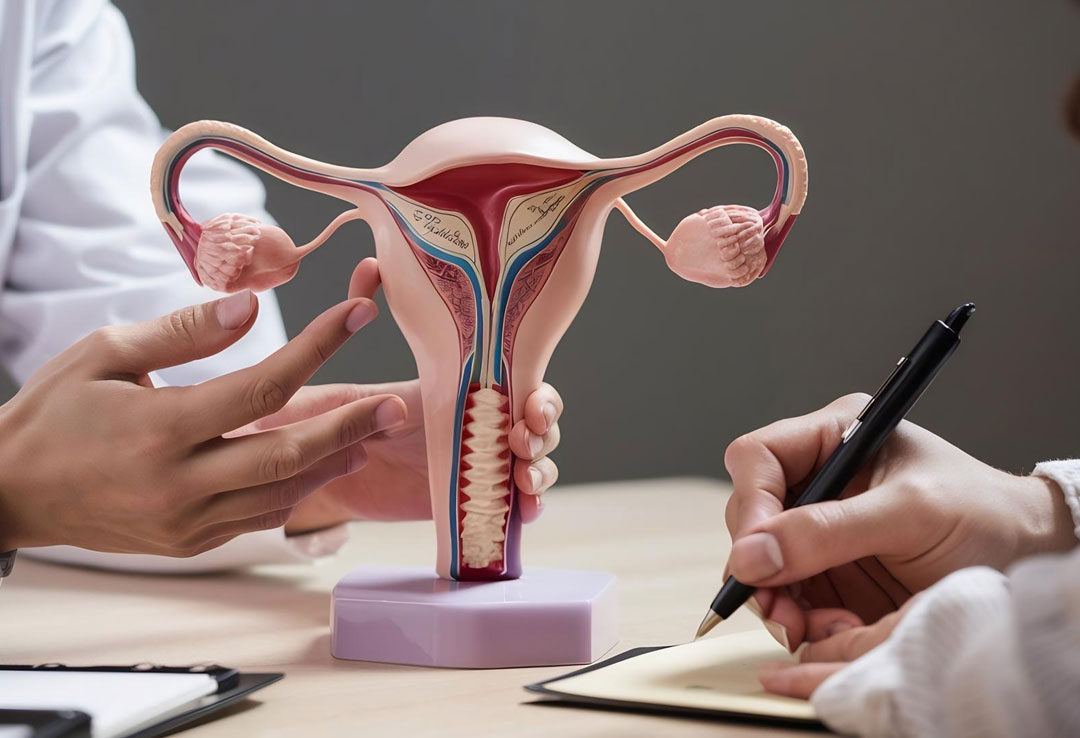In-office procedures to evaluate and treat uterine conditions, including polyps and abnormal bleeding
Hysteroscopy is a medical procedure used to examine the inside of the uterus, offering both diagnostic and therapeutic benefits. It involves the insertion of a thin, flexible tube called a hysteroscope through the cervix into the uterus. The hysteroscope is equipped with a light and camera, allowing the doctor to visually inspect the uterine cavity for abnormalities such as polyps, fibroids, adhesions, or signs of infection. This procedure is typically performed in cases of abnormal bleeding, repeated miscarriages, or unexplained infertility.
In addition to diagnosis, hysteroscopy can also be used to treat certain uterine conditions. During the procedure, small surgical instruments can be passed through the hysteroscope to remove polyps or fibroids, divide scar tissue, or correct anatomical problems such as a septum. Since it is minimally invasive, hysteroscopy is generally well-tolerated, with faster recovery times compared to traditional surgery. It is often performed as an outpatient procedure, allowing patients to return home the same day.


